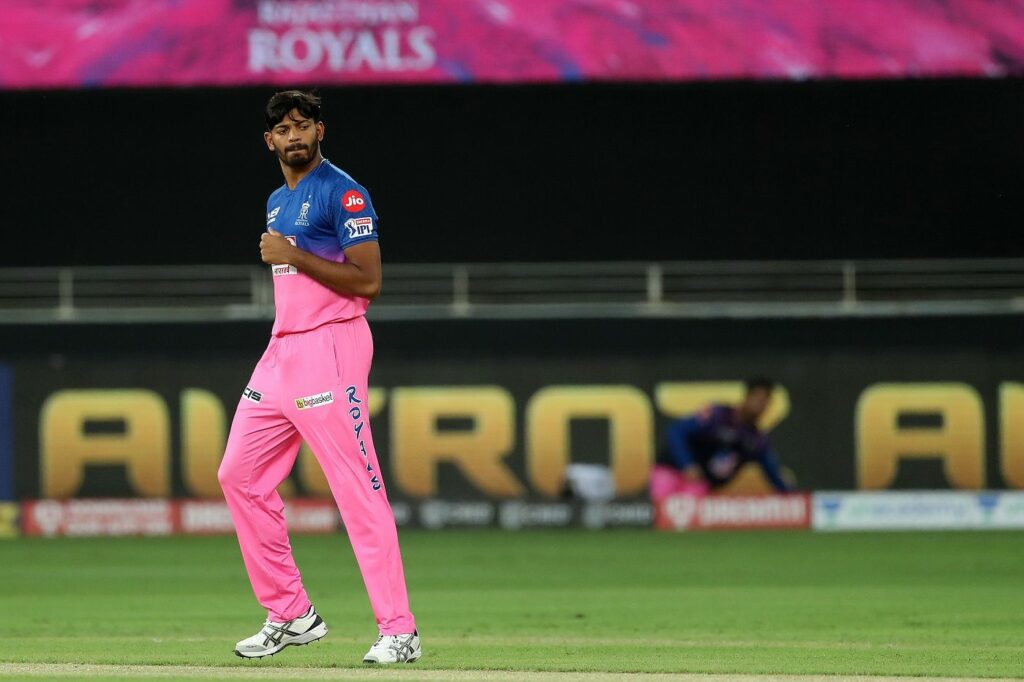Premier off-spinner Ravichandran Ashwin revealed how Indian pacer Ankit Rajpoot denied the opportunity to inflict a run-out at the non-striker’s end during his captaincy stint with the Punjab franchise in IPL 2019.
The incident is from the closely fought encounter between Mumbai Indians and Punjab Kings, where Ashwin asked his paceman to keep track of the two runners. Instead, Rajpoot decided against running out the non-striker, fearing the backlash.
Rajpoot had already seen how his skipper had been widely criticised over social media for dismissing Rajasthan Royals batsman Jos Buttler at the other end and thought he’ll also be termed a “villain” for going against the spirit of the game.
“After the incident happened against Rajasthan (Jos Buttler run-out controversy), in the next match we were playing Mumbai. The last wicket pair of Rahul Chahar and Alzarri Joseph were batting.
One ball and two runs to win. I went to the bowler Ankit Rajpoot and told him, ‘these batsmen will be charging out to run. Just stop and send them back in if he (non-striker) starts running before you deliver’.
He was scared and said, ‘No way, I won’t do that’,”
Ashwin said.
Though Rajpoot initially nodded in agreement to his skipper, he ultimately decided against it.
“He (Rajpoot) froze when he came to deliver,” He came and said to me, ‘If I do this, it will create controversy and I will be made the villain. I told him, ‘what you are doing here is correct. The non-striker is at fault here’.”
Ashwin recalled.
According to ICC laws, bowlers are allowed to dismiss a non-striker run-out before going through with their action in case the batsman concerned steps out of the crease and seeks an unfair advantage in his attempt to get across for a run.
“If the non-striker is out of his/her ground from the moment the ball comes into play to the instant when the bowler would normally have been expected to release the ball, the bowler is permitted to attempt to run him/her out.”
“Whether the attempt is successful or not, the ball shall not count as one in the over. If the bowler fails in an attempt to run out the non-striker, the umpire shall call and signal Dead ball as soon as possible.”
Such instances still trigger massive debates, with many putting ethical connotations and asking whether the bowler is fair.
In closely contested limited-overs fixtures, such instances can give a massive edge to the batting team and prove to be the difference between a win and a loss.
“The batsman are so used to meandering along. Someone asking them to stay inside the crease itself looks like a hindrance to them. This is so wrong asking a bowler not to run batsmen out at the non-striker’s end. Especially, when the game is so competitive, I firmly believe that a bowler shouldn’t be stopped,”
Ashwin added.
The law on running out the non-striker was modified back in 2017. As per the previous version of the law, bowlers could attempt to run out the non-striker only before entering their delivery stride. Since the modification, however, they are allowed to do so up to the instant at which they would be expected to deliver the ball.


